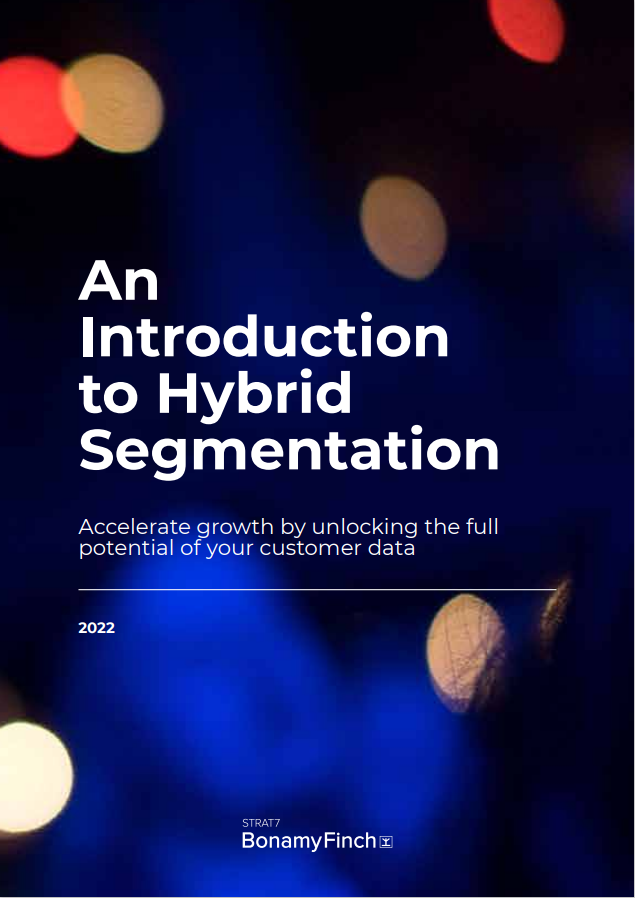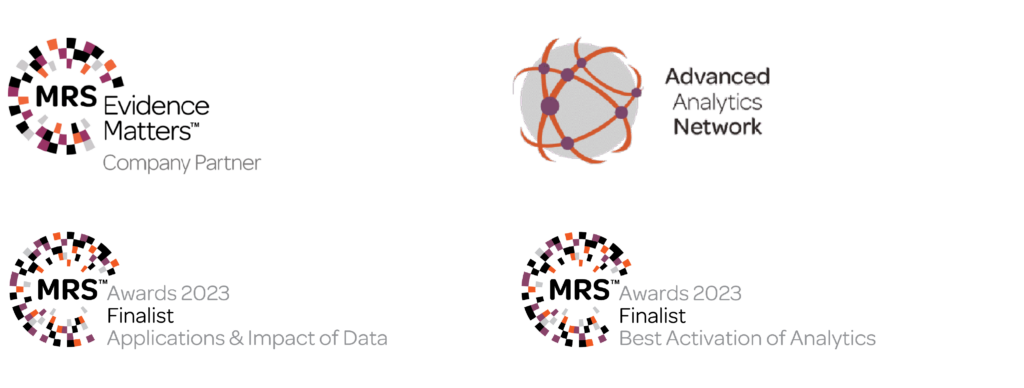Organisations must have a comprehensive understanding of their customers to drive business success.
This requires leveraging a 360-degree customer view and effectively utilising data across all touchpoints.
In our previous blogs we discussed overcoming data challenges to maximising ROI and how to cultivate a data culture to empower decision-making. Here, we talk about the benefits of combining different data, and strategies for effective data utilisation.
Data asset review
Understanding data source strengths and weaknesses
To understand performance and drivers of growth, businesses must consider the strengths and weaknesses of different data sources. While sales data provides insights into performance, additional data like demographic and transaction data helps understand who customers are and their past behaviour. But for categories with infrequent purchases, engagement data (web and CRM) is crucial to predict potential behaviour. Anything from your database is limited to current customers, and ignores potential customers.
Primary research is effective for understanding the attitudes and motivations behind customers and prospects – the WHY – and an opportunity to gauge reactions to potential future value propositions. However, primary research is limited to claimed information and may not directly apply to individual customers in the database.
With advances in AI, data from online reviews and social media comments is very valuable for market insights and competitor benchmarks in the consumer’s own language.
The power of a 360-degree view
Combining data to provide holistic understanding
To gain a competitive edge and be customer-centric, you should aim for a 360-degree view of your customers by gathering comprehensive data on the WHO, WHAT, WHERE, WHEN and WHY. A 360-degree customer view provides organisations with a holistic understanding of their customers, their preferences, and their behaviours.
Combining data sources allows for calibrating future plans with real-world historical data, to improve decision-making on metrics that count. Corroborating data sources and adding different lenses often provides models with higher accuracy, providing additional confidence. But ultimately, if you want to target the right customers with the right message at the right time, you need to look beyond what customers have previously done with you, and understand why. This deeper understanding helps you to improve customer experiences and increase loyalty.
Enabling a unified consumer framework
Personalisation for driving engagement
Combining data sources for a 360-degree view also enables cross functional business activities. Hybrid segmentations, created from various sources, provide comprehensive consumer insights for strategic growth and are tagged onto customer databases to support segment related activities across multiple business areas.
This itself creates a unifying consumer framework from combined data. Fostering a common goal for marketing, eCRM, business intelligence, insight managers, innovation teams and service teams across multiple customer touch points.
A unified framework (built from multiple sources) provides many additional activation possibilities to connect with customers in better ways, and delivers an impressive ROI. You can learn more in our ebook Introduction to Hybrid Segmentation.
Summary
A 360-degree customer view and effective data utilisation are crucial for organisations aiming to achieve business success in today’s customer-centric landscape. By harnessing the power of a 360-degree customer view, implementing effective data utilisation strategies, and leveraging a unified consumer framework, organisations can enhance customer experiences, drive growth, and gain a competitive advantage.
Coming soon!
Look out for our ebook on unlocking the commercial value of your data, which outlines real-world examples of how organisations have leveraged a 360-degree customer view to gain a competitive edge, save lots of money, and drive significant business growth.
Plus, our next series of blogs will bring us right back to utilising 360-degree view and building unified frameworks using segmentation.
[Ebook] An introduction to hybrid segmentation
In the meantime, if you’d like to learn more about accelerating growth by unlocking the full potential of your customer data you can download our comprehensive ebook, which covers:
– Limitations with traditional segmentation.
– What is hybrid segmentation?
– How does hybrid segmentation work?
– 7 benefits of hybrid segmentation.
– Is hybrid segmentation right for your business?



